Description
Electrical Insulation Paper – High-Performance Dielectric Solution for Electrical Systems
Electrical Insulation Paper is a specially engineered dielectric material used extensively in electrical and electronic systems to insulate and protect components from electrical currents, heat, and environmental stress. Manufactured primarily from refined cellulose fibers or advanced synthetic blends, this paper provides excellent electrical insulation, thermal endurance, and mechanical strength. Its primary function is to prevent short circuits and maintain the reliability of electrical systems over time.
Available in various grades and thicknesses, insulation paper is chosen based on its intended use, temperature class, and voltage rating. Some common types include pressboard, kraft paper, fish paper (vulcanized fiber), aramid paper (like Nomex®), and mica-based insulation papers—each tailored for specific industrial requirements.
Key Features:
-
Excellent Dielectric Strength: Maintains high electrical resistance and insulation capability across a wide range of voltages.
-
Thermal Stability: Withstands high temperatures (typically 90°C to over 220°C, depending on the type).
-
Mechanical Durability: Provides structural integrity and withstands mechanical stress during winding or assembly.
-
Moisture and Chemical Resistance: Treated variants resist humidity, oil, and other industrial fluids.
-
Flexibility and Formability: Easily cut, folded, or molded into required shapes for precise fitting in devices.
-
Eco-Friendly Options: Cellulose-based papers are biodegradable and sourced from renewable materials.
Common Types:
-
Kraft Insulation Paper – Cost-effective, commonly used in oil-filled transformers.
-
Pressboard – Thicker and denser, ideal for transformer spacers and support structures.
-
Fish Paper – A tough vulcanized fiber paper used in motors, gaskets, and switchgear.
-
Aramid Paper (e.g., Nomex®) – Offers superior thermal resistance and is used in high-performance applications.
-
Mica Paper – Used where high dielectric strength and temperature endurance are critical, such as in commutators.
Applications:
-
Transformers: Wrapping windings, insulation barriers, layer separators.
-
Motors and Generators: Slot liners, phase insulation, and coil wrapping.
-
Cables and Wires: Core wrapping, barrier insulation, and shielding.
-
Capacitors: Dielectric layers to isolate conductive plates.
-
Switchgear and Relays: Arc suppression, gap insulation, and thermal shielding.
-
Battery Packs and EV Components: Electrical partitioning and heat resistance in compact systems.
Industries Served:
-
Power Generation and Distribution
-
Automotive (including EVs and hybrids)
-
Aerospace and Defense
-
Industrial Machinery
-
Electronics and Consumer Devices
Electrical Insulation Paper is a critical component in ensuring the safety, reliability, and efficiency of modern electrical infrastructure. With a wide range of formulations and performance grades, it meets the demanding standards of both legacy and cutting-edge applications.

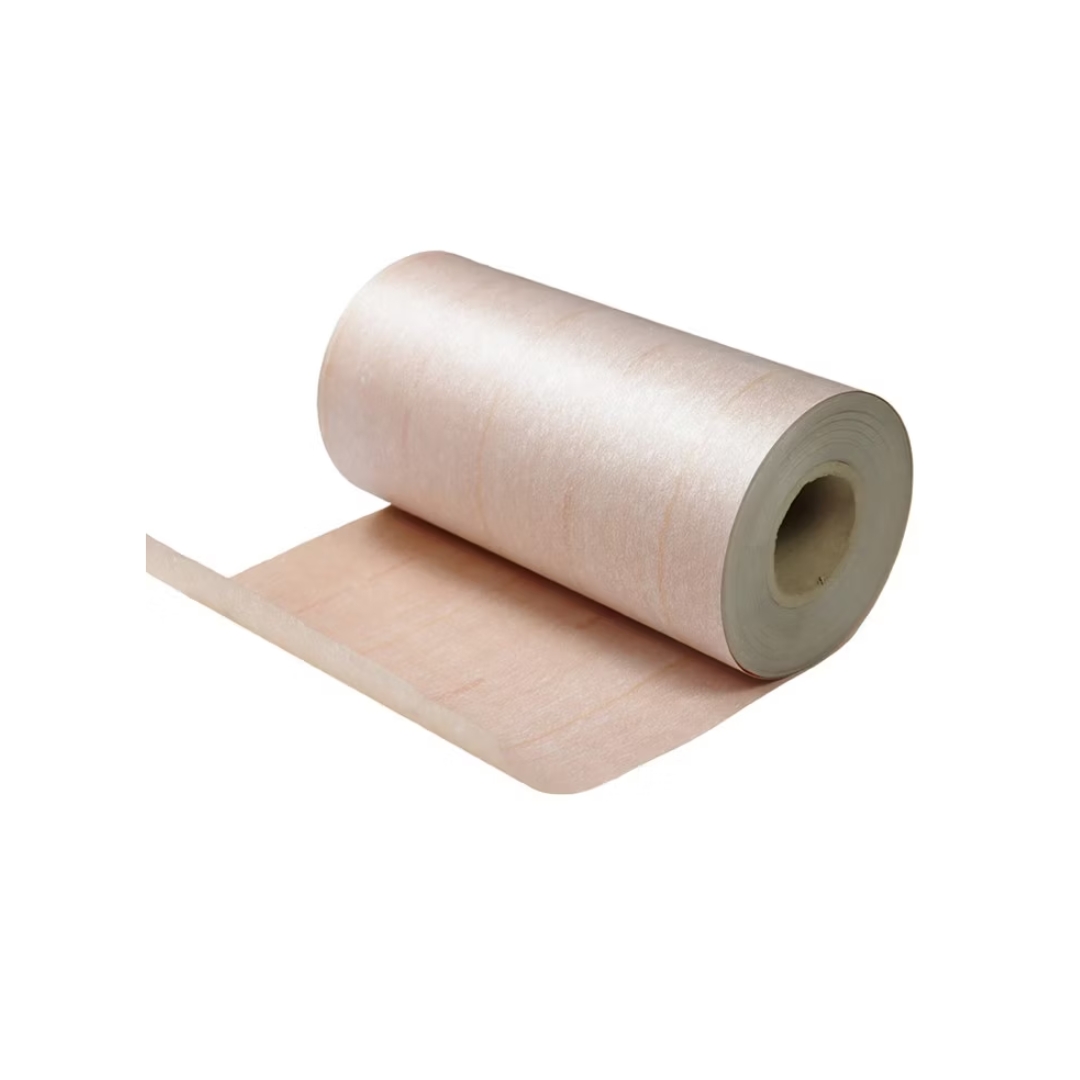
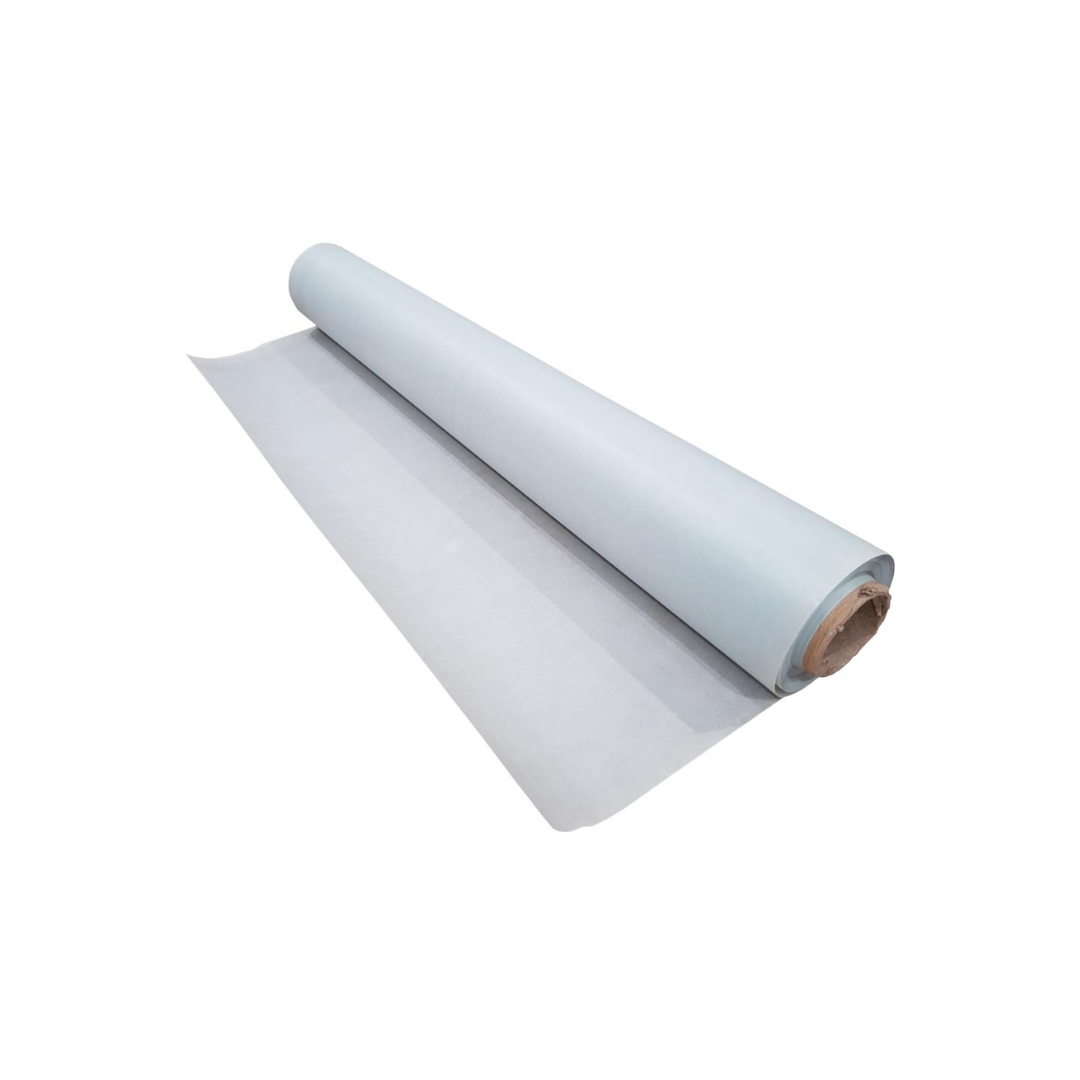
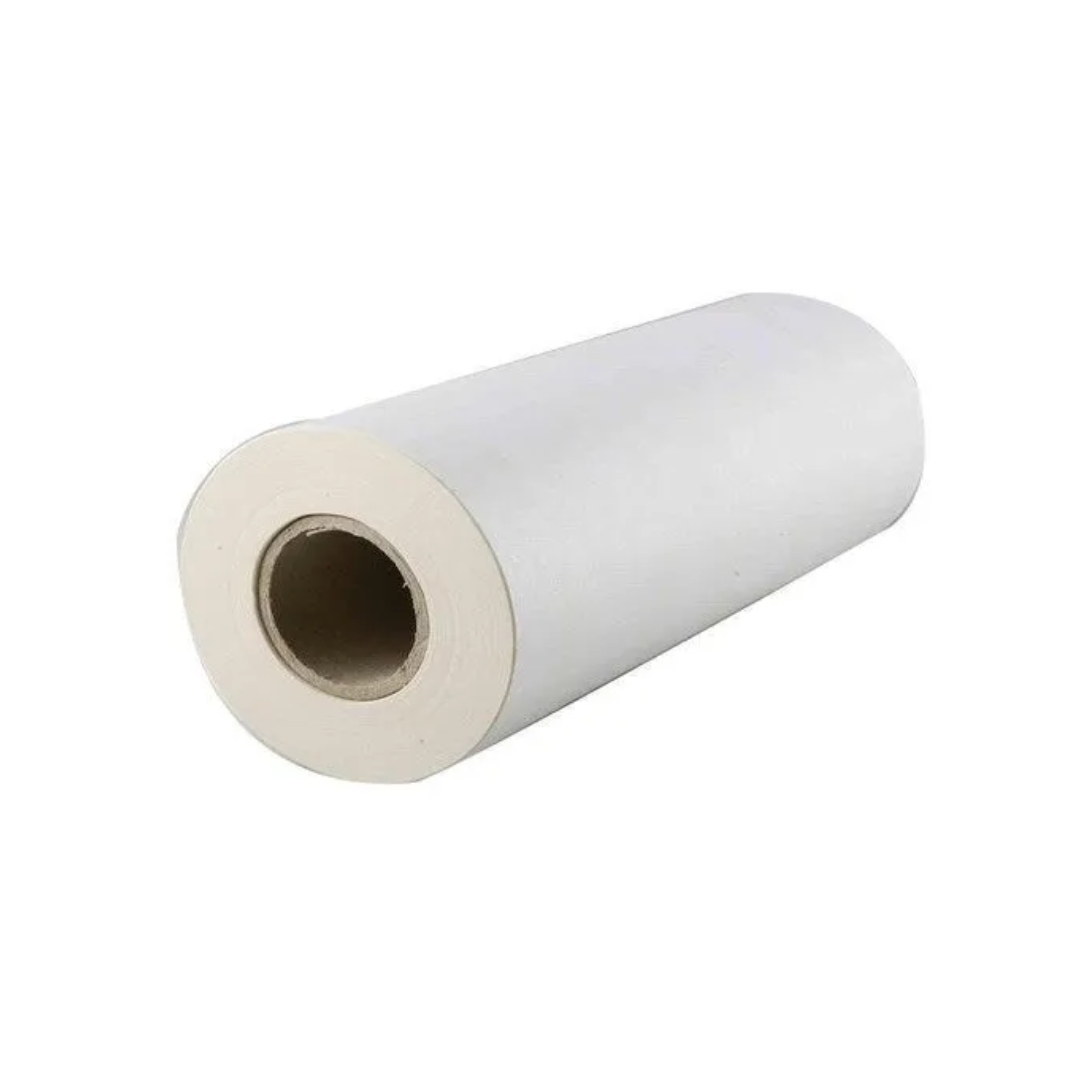

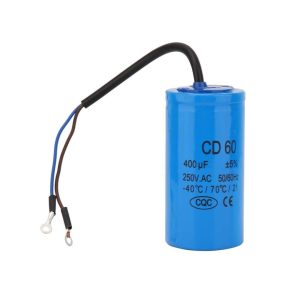
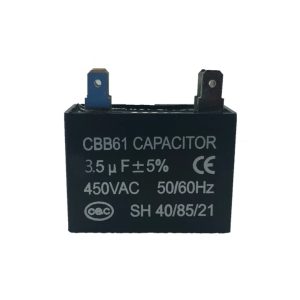
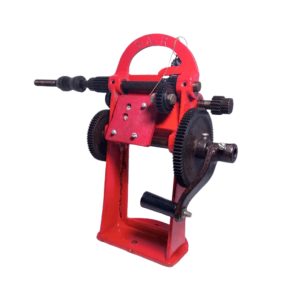
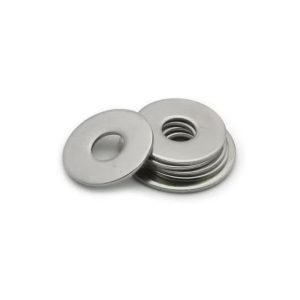
Reviews
There are no reviews yet.